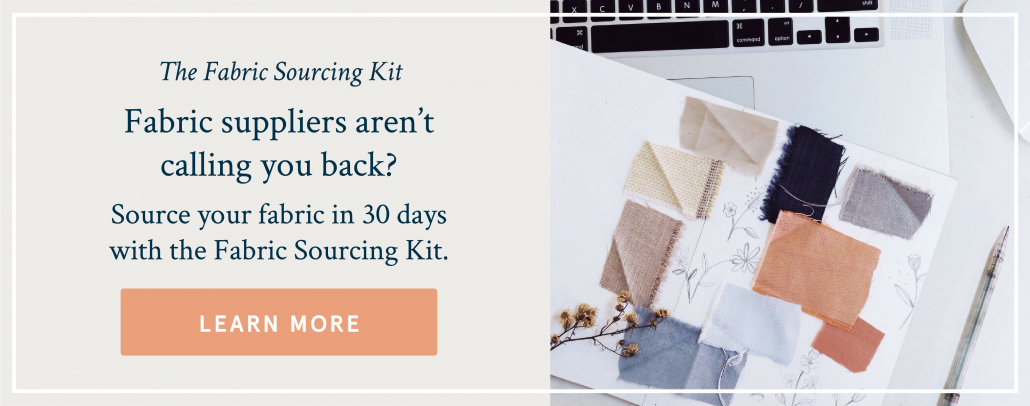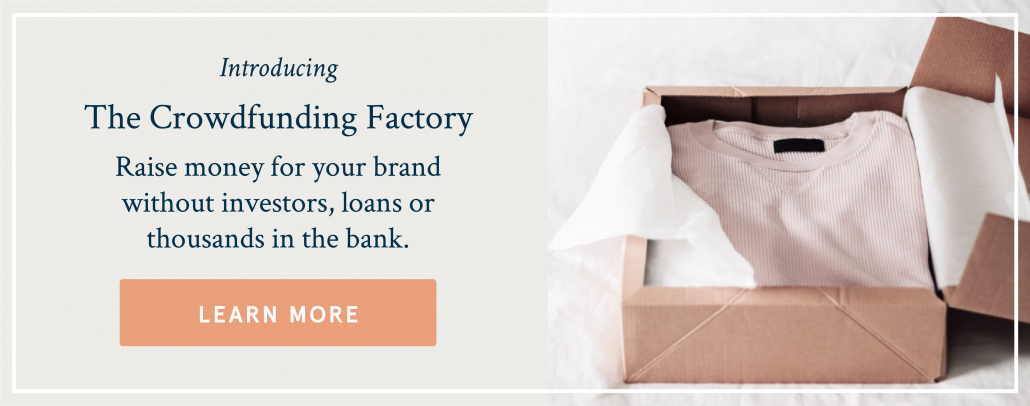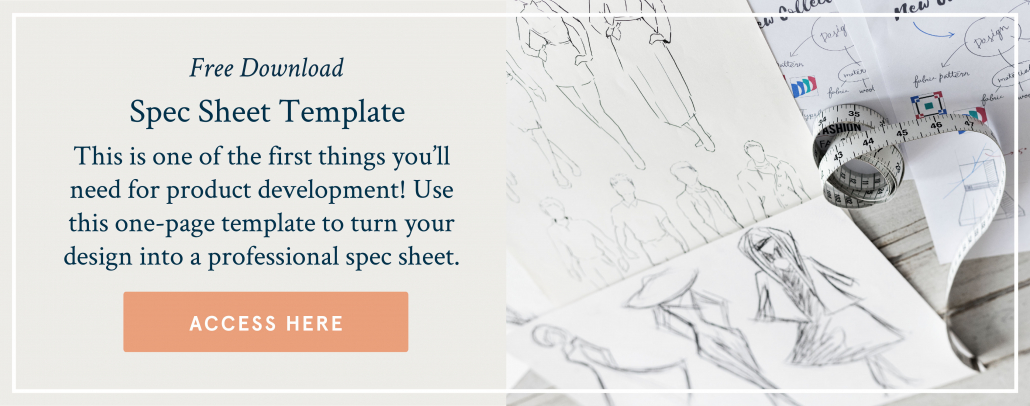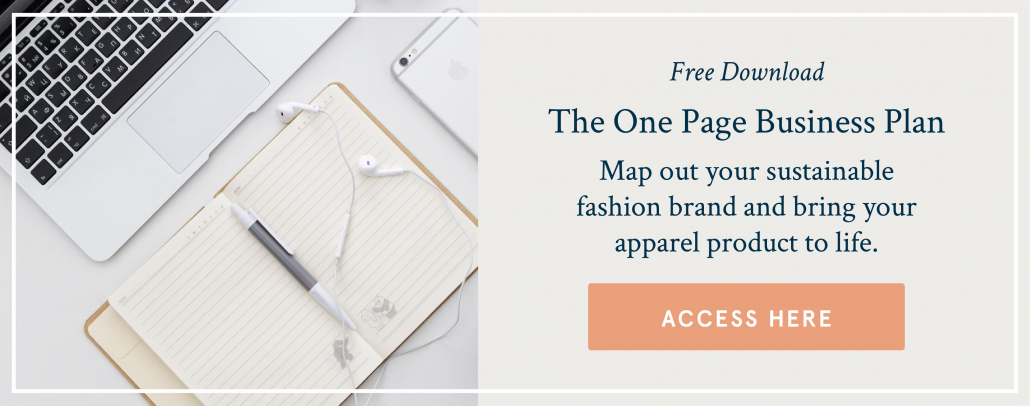Last month, on a whim, I decided to start a YouTube channel.
I know, I sound like a 17-year-old beauty blogger.
The reasons for creating videos were obvious (which I won’t get into right now) but beyond filming the actual content, I had no idea where to start.
So, I bought an online course that teaches YouTube for entrepreneurs.
While I thought I could probably figure it out on my own, I didn’t want to.
I knew there was so much more that went into the strategy behind YouTube, and I wanted someone to tell me exactly what to do step by step.
So, I got to work.
And as I started going through the course, researching content ideas, writing scripts, sifting through Google Keywords, I started to wonder:
What did I get myself into?
Because, to be honest, the whole process not only felt unnatural to me, but very uncomfortable.
I’ve spent thousands of dollars creating the highest-quality video content for the Factory45 program and now I was supposed to sit in front of my laptop webcam and not try to make it look perfect?
Every ounce of my being wanted to shoot and reshoot and have multiple camera angles and great lighting and a professional set.
But guess what? When you have zero YouTube subscribers and haven’t made one video yet, you don’t get a professional set.
You start where you are — with what you have.
As I filmed the first four videos, I had to remind myself over and over: Progress over perfection, progress over perfection, progress over perfection.
I could come up with every excuse to procrastinate:
“I shouldn’t shoot today because the ring light hasn’t arrived.”
“I shouldn’t shoot today because there’s construction noise outside.”
“I shouldn’t shoot today because I’m getting a haircut on Friday…”
Instead, I told myself: Just get the first four videos out there, see if they help your people and then see if they help other people discover Factory45.
Because here’s the thing:
If I spend months creating videos and never grow my viewership past my mom and my mother-in-law, then at least I’ll know it was a “failed” experiment that isn’t worth pursuing.
That’s the only way to know if an idea is truly worthwhile — by putting it out into the world and testing it.
The timing is never going to be perfect, you’re never going to feel ready and yes, it’s going to feel vulnerable and scary as hell.
But what’s the alternative?
The alternative is playing small, never taking a risk and being too afraid to put yourself out there.
So, secret #5 is this: To build a successful business, you have to be willing to start before you’re ready.
Whether it’s launching a first-time fashion business, a brand new collection or a YouTube channel of all things, there is never going to be a better time than now.
Because whether you wait another month, or another year or another five years, you’re going to wish you had started today.
There is always a small step you can take now to set you up for bigger steps tomorrow — especially since everything takes longer than you think it will,
So, the most important thing I’ve learned in the past five years is this: Success comes from experimenting with new ideas and not being afraid to feel uncomfortable.
When you push the limits and stop waiting for perfection or permission, then that’s when incredible things happen.
This is a multi-part series, celebrating the five-year business anniversary of Factory45. If you missed it, the other four posts are here:
Secret #1 on starting niche is here.
Secret #2 on dealing with competition is here.
Secret #3 on the myth of “following your passion” is here.
Secret #4 on spending money is here.

















